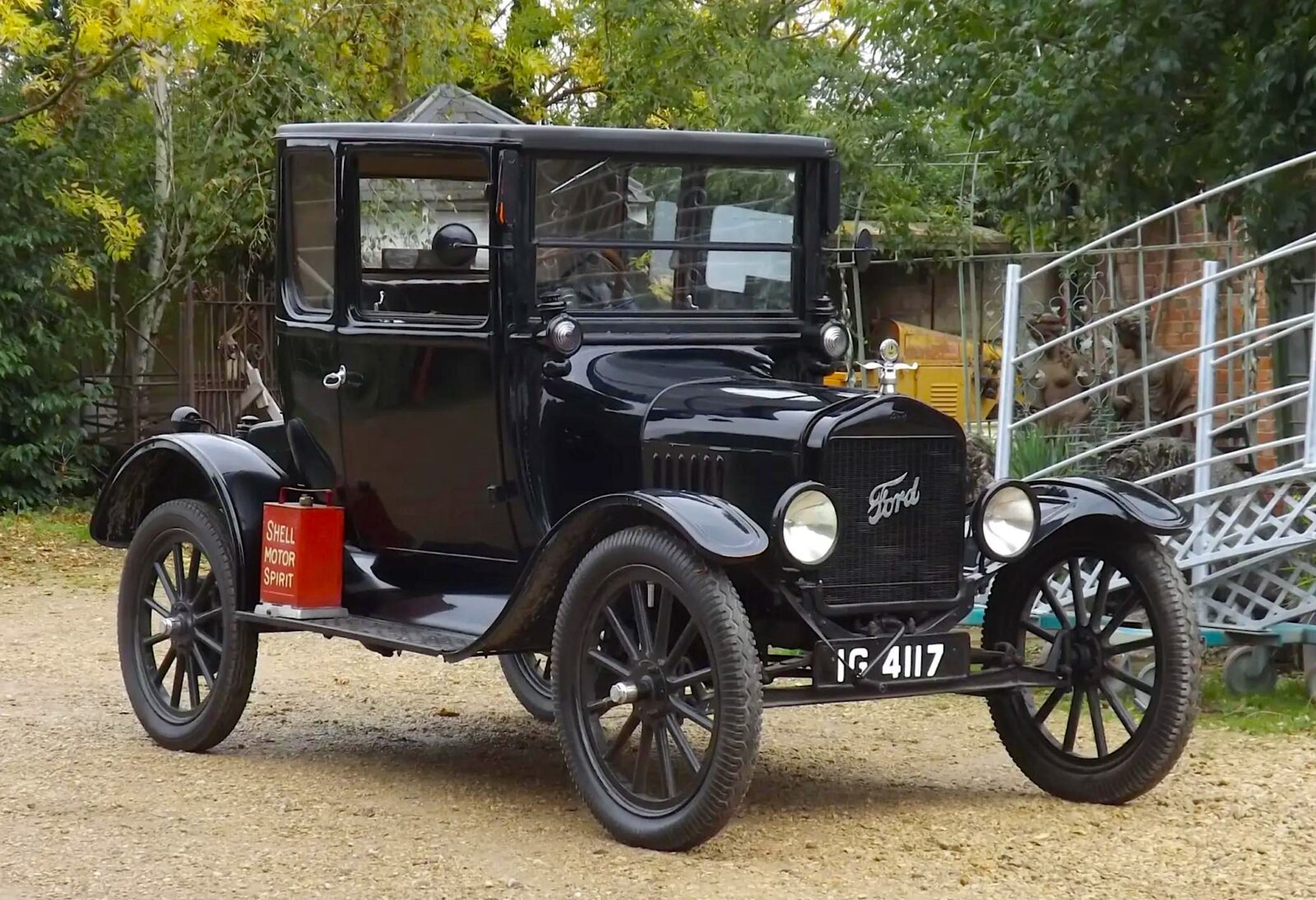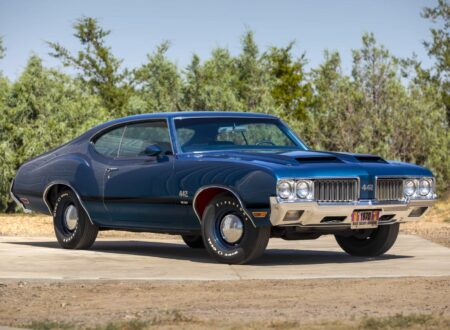This is a 1917 Ford Model T “Doctor’s Coupe,” a name it was given not by Ford but by the American people. The Model T Coupe quickly became the de facto choice of doctors as it could get them where they needed to be reliably and in all weather conditions.
The Model T remains probably the most important car of the 20th century, and certainly one of the most important of all time. It was the vehicle that the majority of Americans at the time bought, typically as their first car ever. Today there are still many of them around, they present an affordable entry point into antique vehicle ownership, and they’re cheap to maintain.
Fast Facts – The Ford Model T “Doctor’s Coupe”
- The Ford Model T, affectionately known as the “Tin Lizzie,” was introduced on October the 1st, 1908. It was designed by Henry Ford and his team of engineers. Initially, the car sold for $825 USD (equivalent to roughly $27,000 USD today), making it more affordable than almost any other car of the time.
- Ford revolutionized manufacturing by implementing the first moving assembly line for automobiles in 1913. This reduced the production time for each car down to 93 minutes, allowing for increased production rates and decreased costs.
- By the 1920s, the Model T became the dominant car in America, and more than half of all cars in existence were Model Ts. Its affordability, reliability, and ease of repair made it especially popular among the general public.
- Due to the efficiencies gained from the assembly line process and the scale of production, the price of the Model T continued to drop over the years. By the mid-1920s, a new Model T could be purchased for as little as $260 USD, just $4,700 USD in 2023 dollars.
- The Model T “Doctor’s Coupe” was sold by Ford simply as the Coupe. It had a full steel body including a roof and doors, it was this all-weather protection that made it particularly popular with doctors who had to go out in all hours and in all weather conditions.
The Ford Model T
A lot has been said about the Model T Ford over the past 100+ years, so much so that it’s not an altogether easy task to write something new about them. The model entered production in 1908 and over 15 million were made before it was replaced by the Ford Model A in 1927.
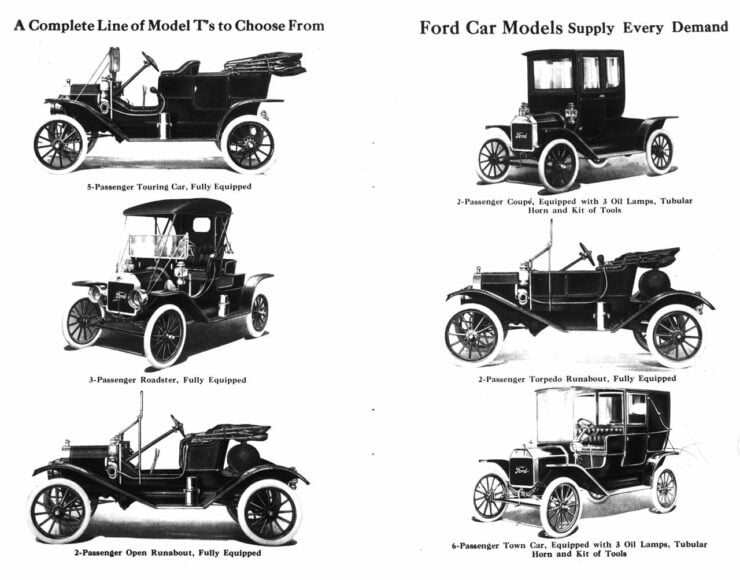

By the early 1920s more than half of the registered automobiles in the world were Fords, and most of them were Model Ts. The car became so ubiquitos on the roads of North America that Henry Ford was once quoted as saying: “There’s no use trying to pass a Ford, because there’s always another one just ahead.”
Perhaps the key to the success of the Model T, apart from its surprisingly affordable asking price, was its engineering. It was developed from the outset to be mechanically simple and as reliable as the engineering of the time would allow.
Power was provided by a 177 cubic inch (2.9 liter) inline four-cylinder flathead (side-valve) engine with a removable head – a novel feature for the time. It produced 23 bhp at 1,600 rpm, but more importantly it made 80 lb ft of torque and it could run on gasoline, kerosene, or ethanol.
This engine was mated to a three-speed planetary gearbox, though today we would consider it a two-speed as one of the three is a reverse gear. Power was then sent back to the rear axle powering the rear wheels.
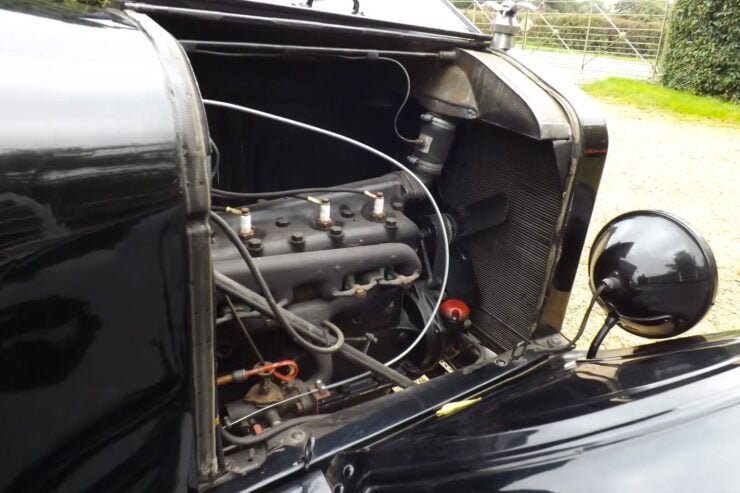

The Model T was a body-on-chassis design, as were almost all the cars from this early era. It rode on transversely mounted semi-elliptical springs front and back, and it didn’t come with front or rear brakes – instead the right foot pedal tightened a band around a drum in the transmission, which then slowed the rear wheels.
Most Model Ts had a top speed of approximately 42 mph (68 km/h), this may not seem particularly fast to us now, but it’s important to remember that when the Model T was in production there were relatively few paved roads.
The nation, and much of the world, was dominated by dirt roads and tracks littered with pot holes and debris – so speed was far less important than hardiness.
The Model T now remains a common sight at car shows, museums, and events – largely because so many were made but also because they offer an affordable, often downright cheap, entry point into the world of antique car ownership.
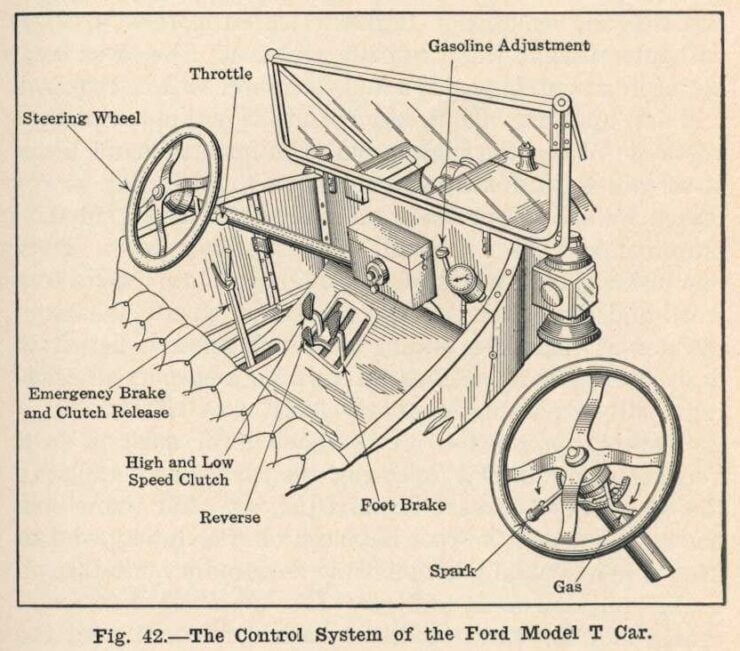

There’s an enormous community of Model T owners in the USA and further afield who work together to keep the cars on the road, offering advice, parts, and hearty sense of camaraderie with fellow owners.
The Restored Model T “Doctor’s Coupe” Shown Here
The car you see in this article is a beautifully restored example of the 1917 Model T “Doctor’s Coupe” that’s now being offered for sale out of a large private collection of Edwardian and Vintage Automobiles.
It was imported into the UK from the United States in 2015 and it’s been carefully maintained ever since. The car is finished in black, as they almost all were, it has a Shell fuel can on the side, and seating inside for two.
This car appears to have been fitted with an aftermarket starter motor which would offer far more convenient electric starting, as opposed to the original front hand crank that was required to get the inline-four ticking over.
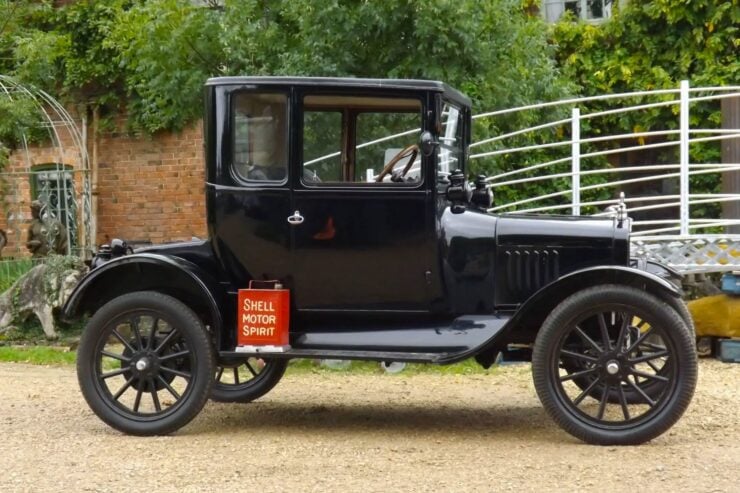

Inside you’ll note that the car is righthand drive, with all the controls and gauges where they should be, plus the addition of a discrete temperature gauge just off to the right of the steering column. Overheating can be an issue on these old Ts, however newer radiators tend to work wonders on keeping them running properly.
This car is now due to roll across the auction block with Iconic Auctioneers on the 11th of November with a price guide of £10,000 – £12,000, which works out to approximately $12,200 to $14,600 USD. If you’d like to read more about it or register to bid you can visit the listing here.
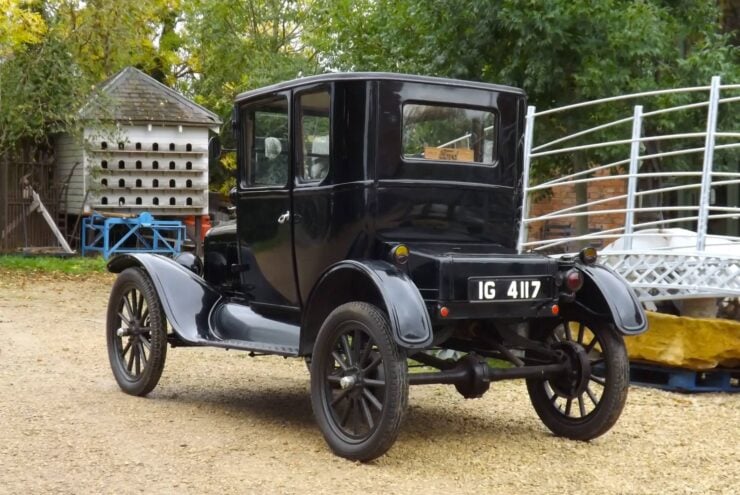
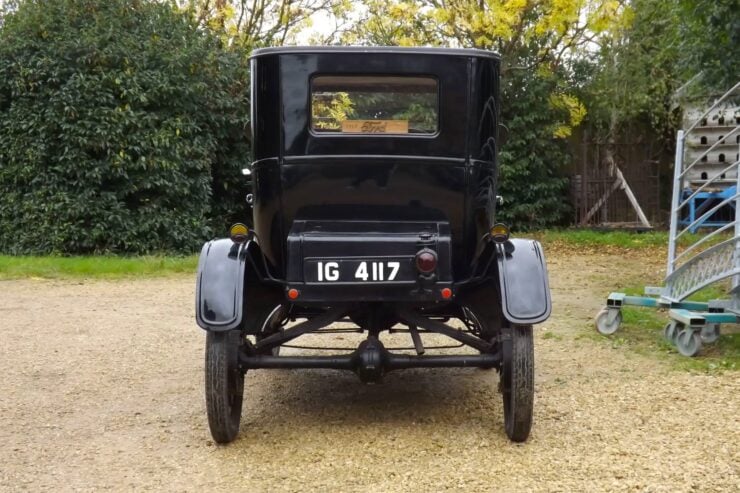
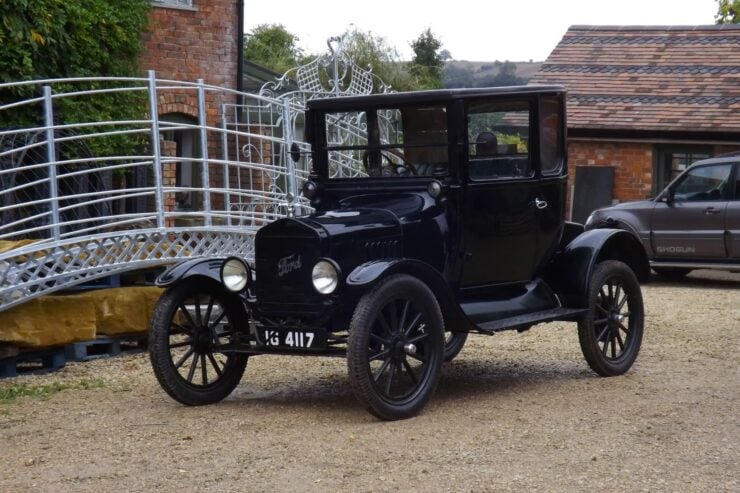
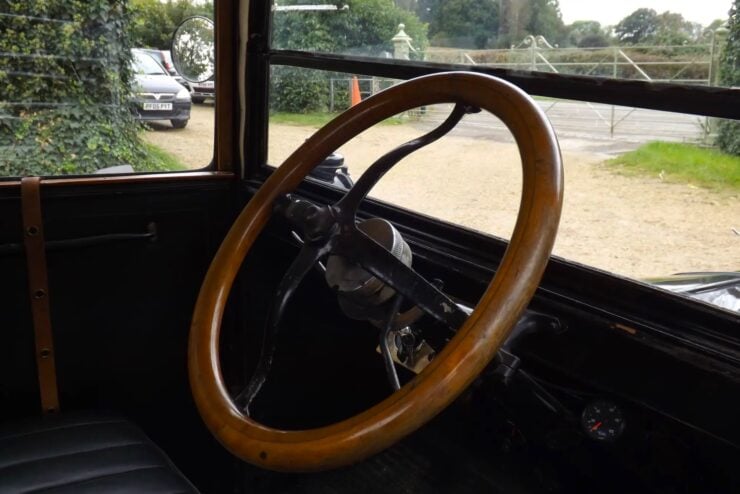
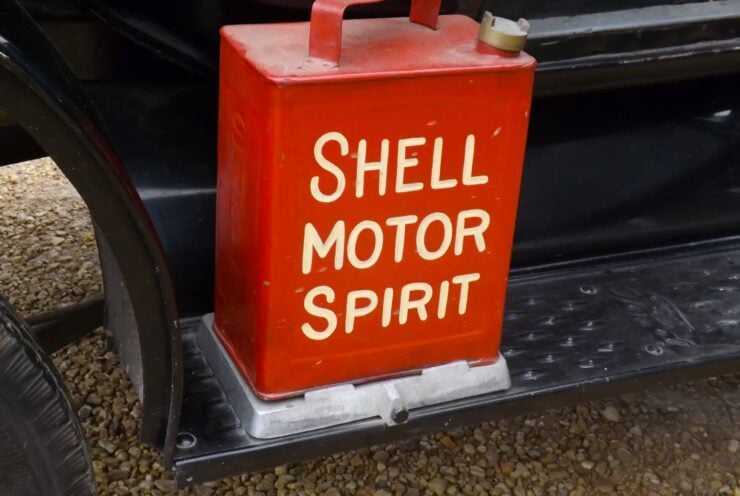
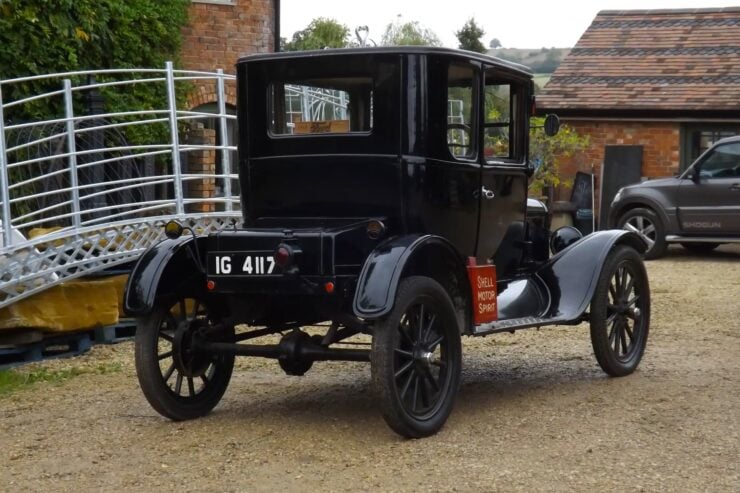
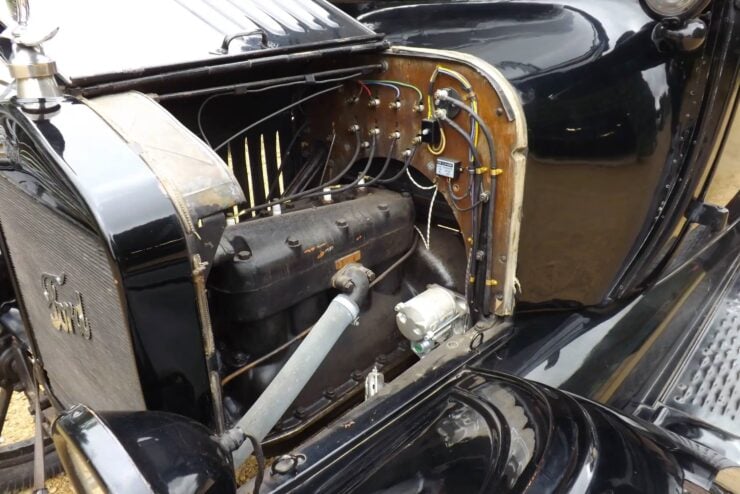
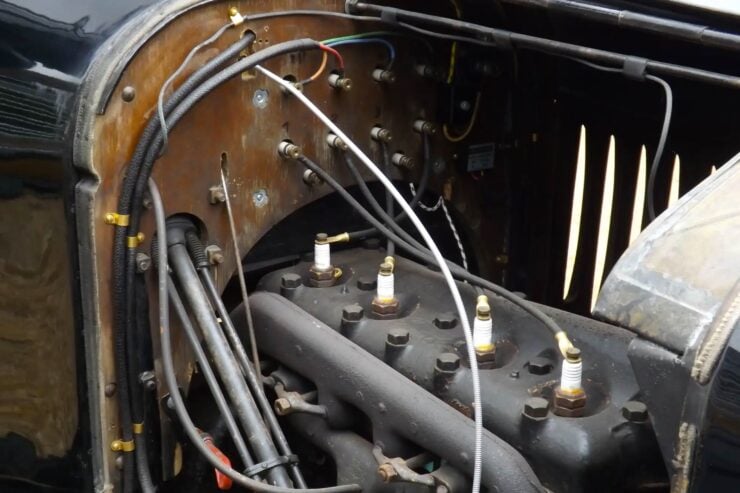

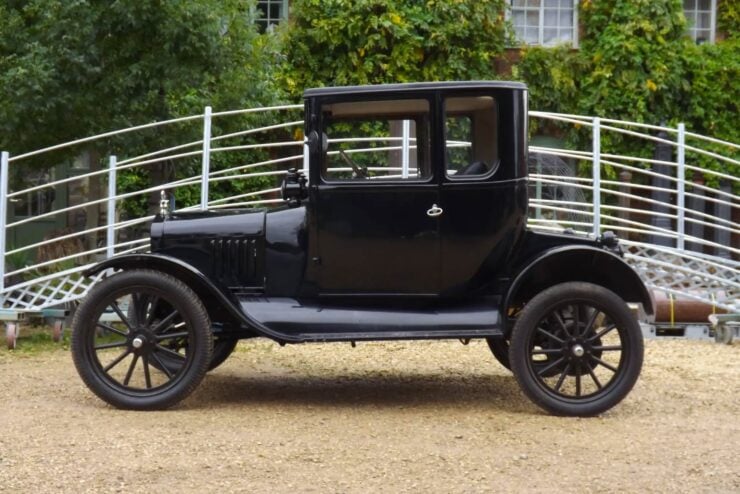
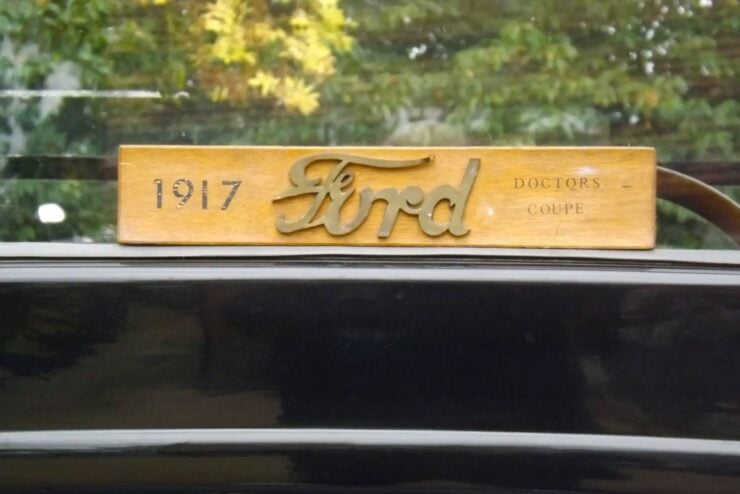
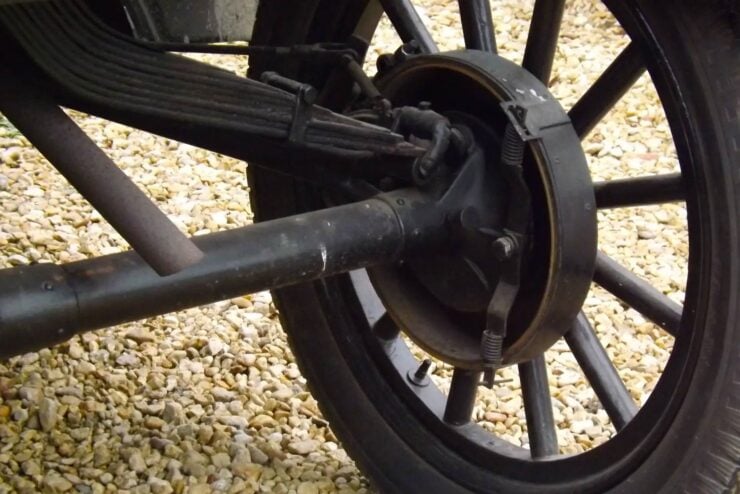

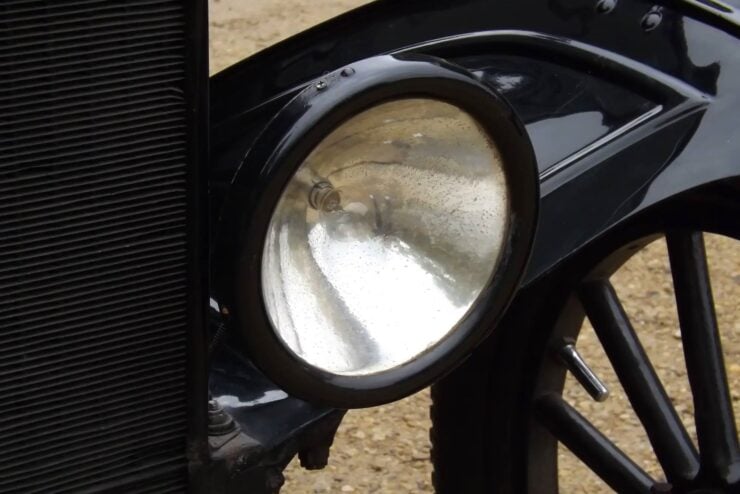
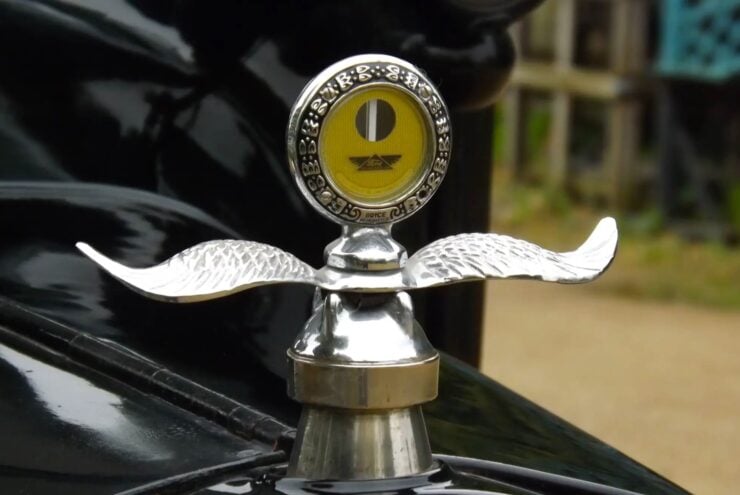
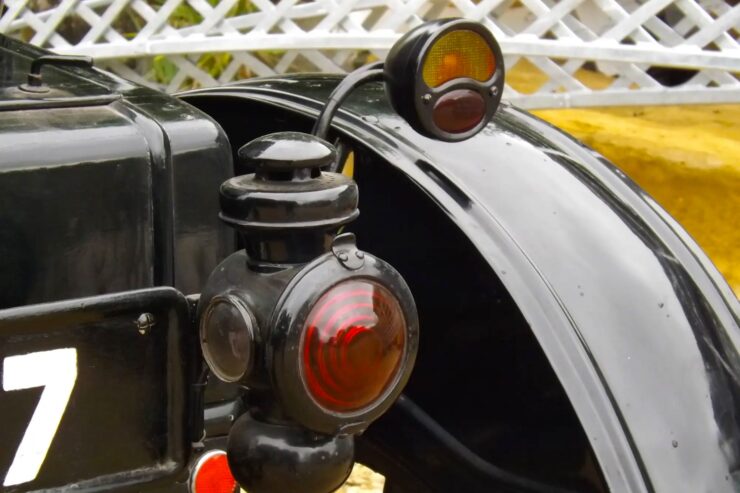
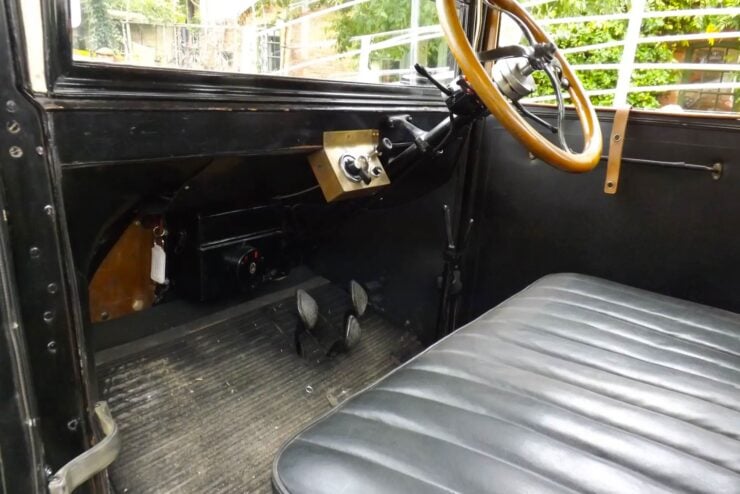
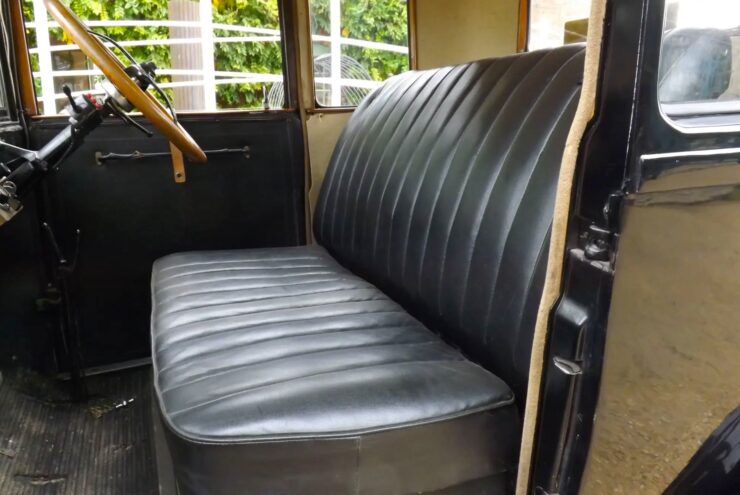

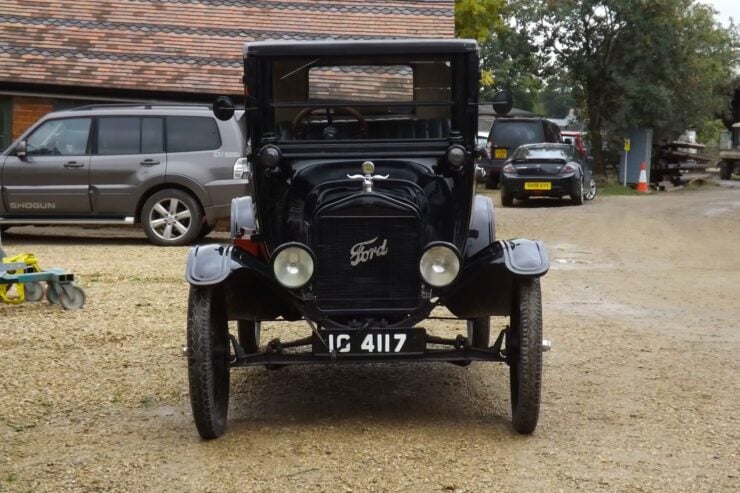
Images courtesy of Iconic Auctioneers

